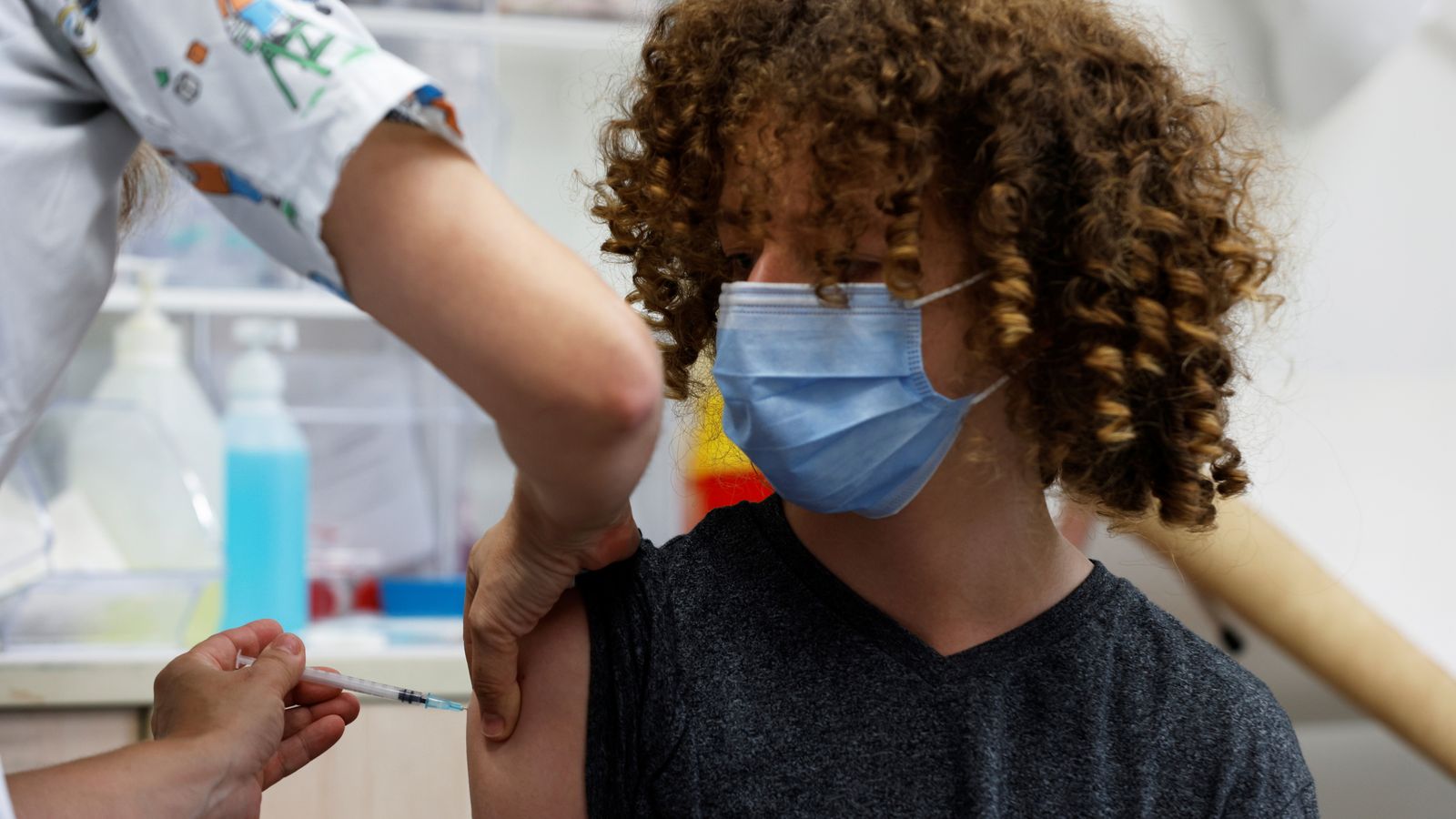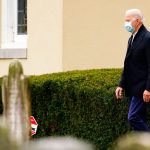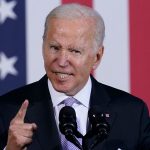A “vaccine lottery” that offered millions of dollars in cash prizes and free university scholarships ensured 82,000 vaccine-hesitant Ohio residents came forward for their first jab, an economist has claimed.
The “Vax-A-Million” scheme awarded five prizes of one million dollars, and five young people a full scholarship to any public college or university in Ohio.
PhD student Andrew Barber and assistant professor of economics Jeremy West, both from the University of California, published a working paper that claimed to show “in short, the lottery worked”.
In short, the lottery worked. As you can see from Panel (b) the lottery led to an immediate spike in vaccinations and ultimately peaked 2 weeks after the announcement (and before the first of the five drawings). There was a 1.5% increase in vaccinations over pre-lottery levels. pic.twitter.com/hayklAiz2U
It aligns with research from Harvard University, published in the American Journal of Medicine that concluded 114,553 Ohioans received vaccines as a result of the programme.
Mr Barber and Mr West said 82,000 people were persuaded to get vaccinated by the cash incentives, at a cost of $68 (£49) per person.
The paper continued: “In turn, we find that this heightened level of vaccination subsequently reduces the spread and impact of COVID-19 within the state.”
They estimated the lottery reduced cases by 1.3% and COVID-19 ICU patient days by around 2.6%, equating to nearly 15,000 cases and 5,000 ICU patient days prevented – approximately 335 patients.
Based on an average hospital bill per day of $13,500 (£9,740), Mr Barber and Mr West said the total benefit from the lottery was a saving of $66m (£47.6m).
We present all of the effects we find here, but the most notable ones are highlighted. We estimate that just over 82,000 Ohioans get vaxxed (at cost of $68 per) because of the lottery and that this shock led to almost 15,000 cases and almost 5,000 ICU patient-days averted. pic.twitter.com/0dORzf5AeU
“Given that the total cost of Ohio’s Vax-A-Million incentive scheme is $5.6m [£4m], the benefits of the conditional cash lotteries unquestionably exceed the program’s cost,” the paper said.
The research was conducted by using a weighted average of other non-lottery states to generate a “synthetic Ohio” – done by searching through the data to find states that had similar pre-lottery vaccination behaviour. This was then compared with Ohio’s figures.
The paper did acknowledge that other research conducted into the issue did not find the programme led to an increase in vaccination – conceding more work needed to be done.
Follow the Daily podcast on Apple Podcasts, Google Podcasts, Spotify, Spreaker.
It concluded: “Hesitancy towards vaccines has been rising globally in recent years, creating a significant challenge for policymakers. In lieu of mandates, governments are increasingly turning to other instruments to improve vaccination rates.
“Our evidence from Ohio’s programme illustrates that financial incentives – and conditional cash lotteries more specifically – are an effective means to increase vaccine uptake in areas plagued by vaccine hesitancy.”






















